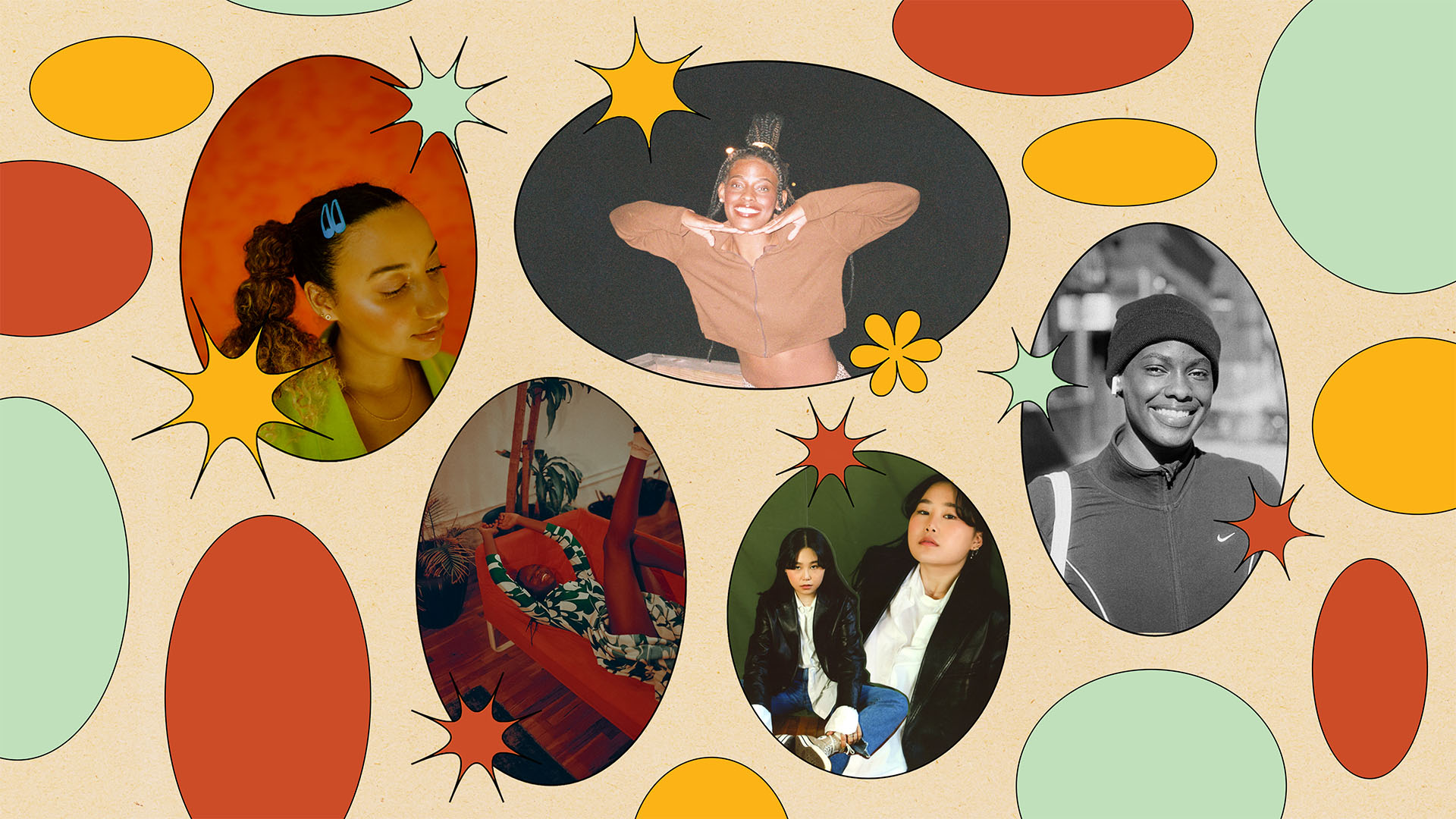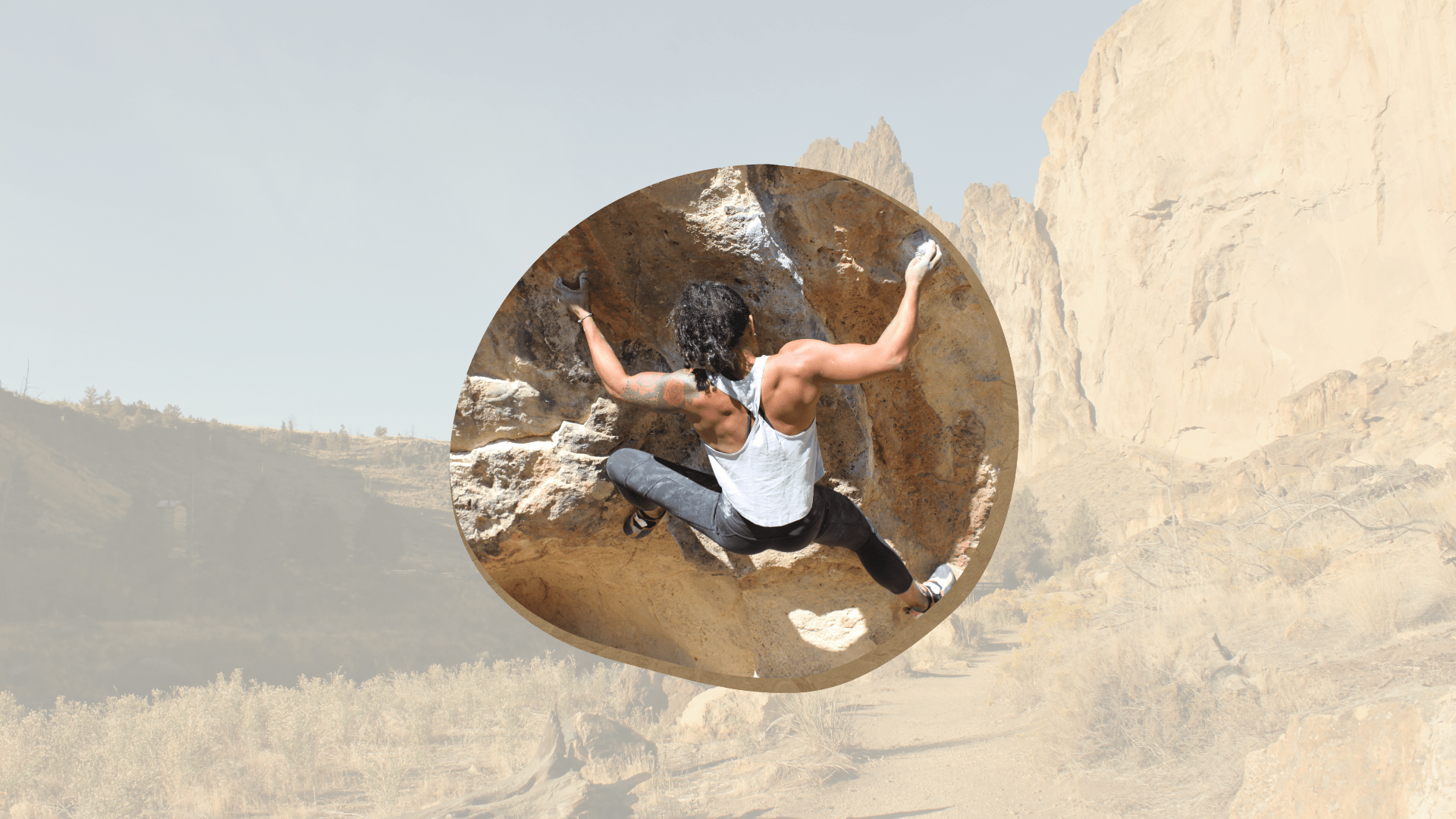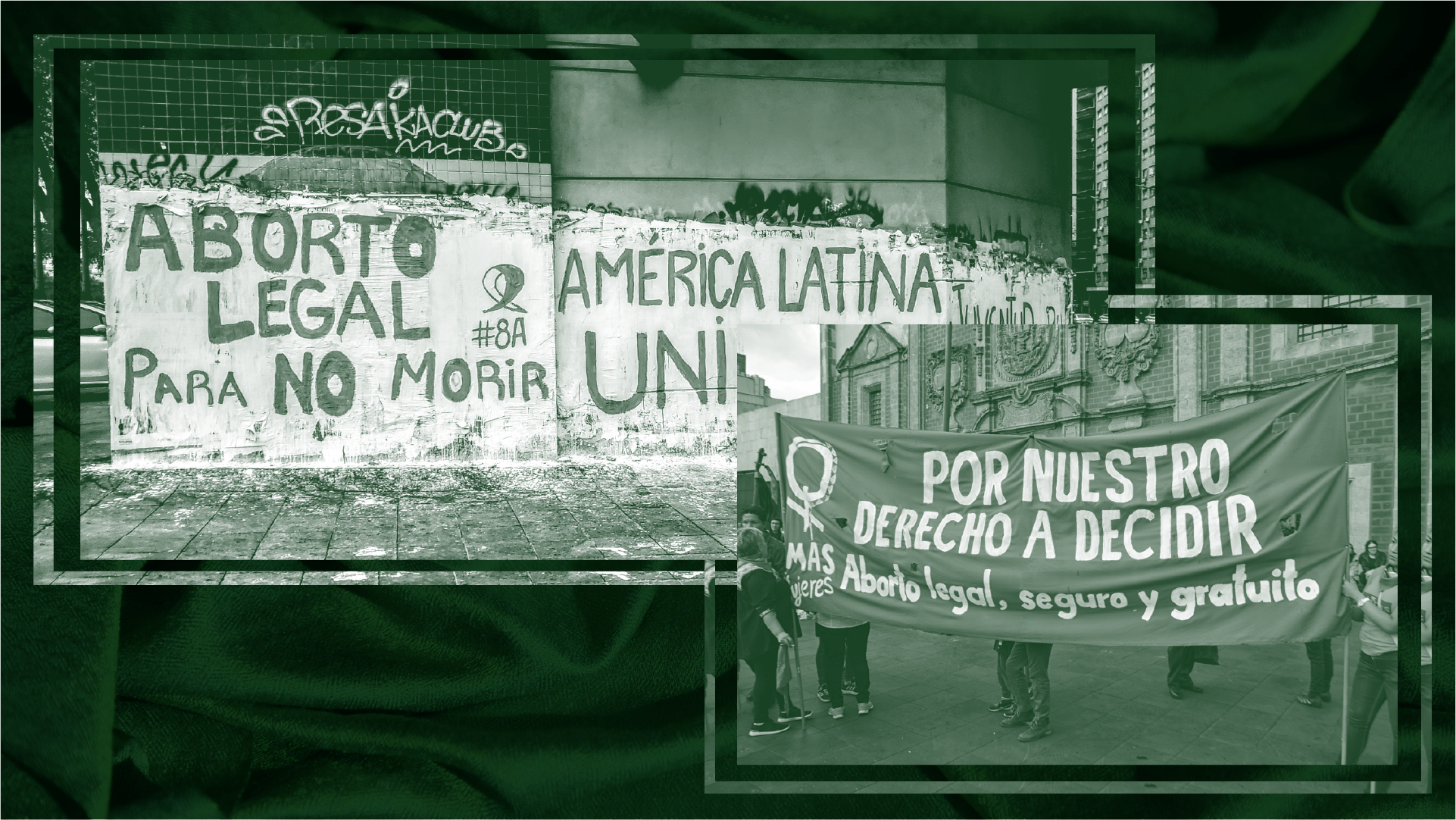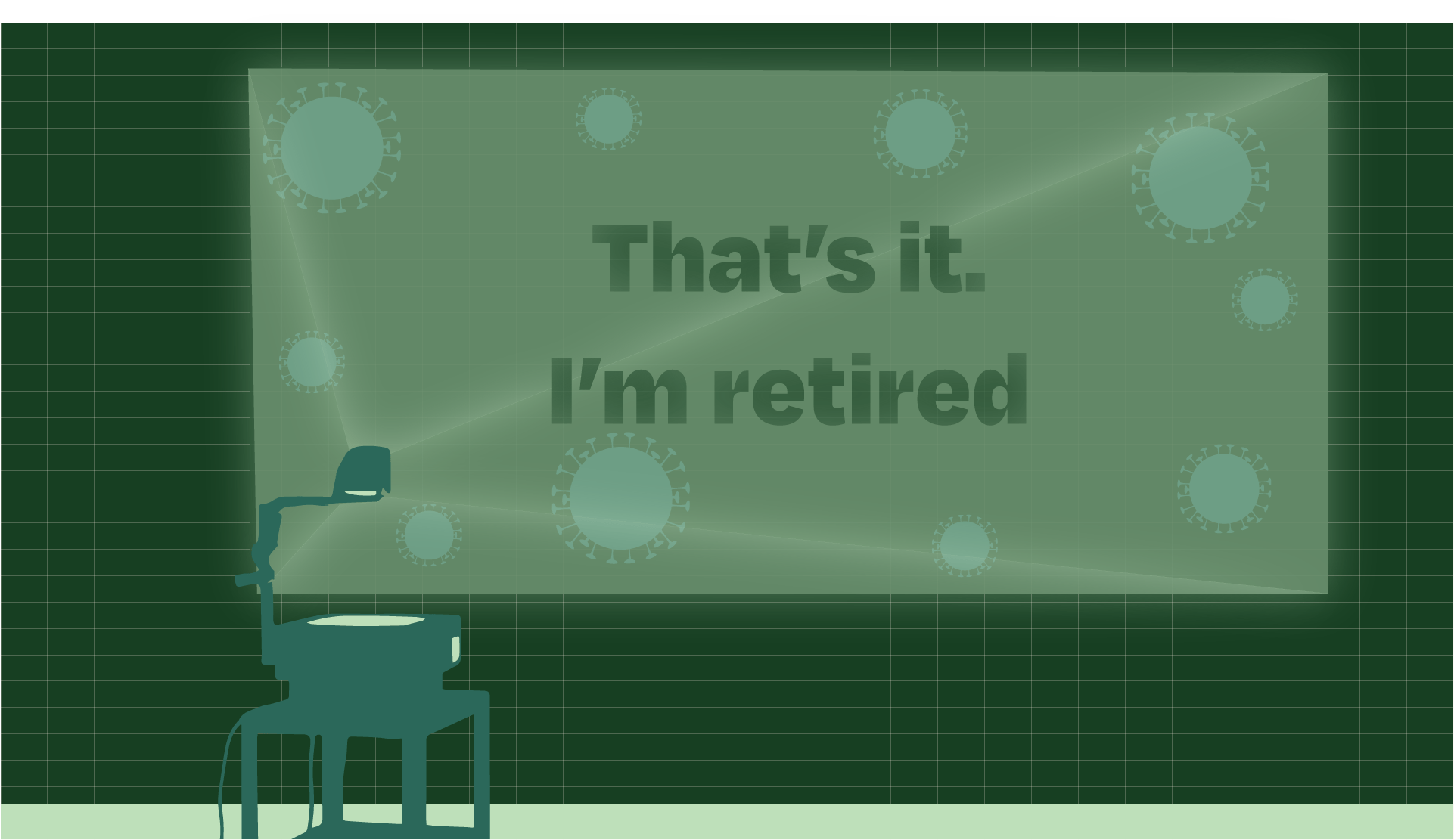
Inside the New Virtual Arts Organization Created for Artists of Color
The Collegiate Association for Artists of Color aims to provide community.
Content warning: This article mentions sexual abuse accountability.
Morgan Burns has never been the president of anything in her life. Last year, the 21-year-old dancer graduated from the Tisch School of the Arts at New York University and planned to attend a dance school in Austria. But the pandemic changed all of that.
Instead of carrying out her post-grad plan, last June Burns created an arts organization called the Collegiate Association for Artists of Color, where she now serves as president.
C.A.A.C. hosts virtual events and produces digital content that honors the intersectionality of artists’ identities. All of the work is done by artists of color from universities across the United States. These artists are either friends of Burns, people recommended to her, or just people they connected with online. In under a year the board of directors — four artists from the New York area — recruited a team of around 30. They also have an Instagram presence amounting to over 1,300 followers.
“As people of color, we’re used to having to figure out our identity and voice in places created by white people,” Burns said. “But this is a POC-led space made for us by us.”
Burns felt that as a Black woman attending a predominantly white institution (PWI), she wasn’t being heard or understood by the faculty the way she so “desperately” needed. So she carved a space where artists of color could just be, without feeling pressured to appeal to white people. Given that the pandemic has limited physical interactions, C.A.A.C. has become a virtually growing community of artists of color, who gather to gift their creative talents and express their artistic processes.
C.A.A.C. has hosted 22 virtual events since its launch in September. One recurring event, called the “Playroom,” is a space meant to embody the vibe of a coffee shop, where attendees can enjoy music performed over Zoom, do work or simply hangout. Others, like their “Converse and Celebrate” series, have encouraged discussions about how the identities of artists who are Black, Asian, Latinx, and multiracial impact their art.
This certainly isn’t the first organization dedicated to uplifting and amplifying people of color. C.A.A.C.’s “for us, by us” mantra probably sounds familiar because it’s been used to describe social clubs for people of color that have popped up in New York within the last eight years, such as the Brooklyn-based Ethel’s Club and The Gentlemen’s Factory. Both of these clubs served as an inspiration for C.A.A.C. Burns said. What separates C.A.A.C. from those clubs is that it is exclusively virtual and doesn’t require a membership fee to join.
Lauren Huynh, a 21-year-old dancer based in Texas, joined the group after discovering it through Instagram last July. During their launch week, Huynh hosted the “Speed Meeting” and “Converse and Celebrate” events. At Texas Christian University, where Huynh recently graduated from, she often felt like she had to scale herself back or stay quiet so that she didn’t offend her white peers. But at C.A.A.C., Huynh has found strength in her voice.
“C.A.A.C. has served as a space where I don’t need to apologize for what I’m saying,” she said. “We can be angry together and that’s a liberating feeling.”
The organization also organizes culture-specific events, which is what attracted India Stevenson, a 20-year-old aspiring filmmaker and student at Emory University.
“I’ve always been someone that loved to engage with art but as a Black woman there are limited representations [of us],” Stevenson said at the Black History Month event hosted by C.A.A.C.
Stevenson explained that she uses her art to bring stories of Black women to the forefront of the filmmaking and painting world. More importantly, she uses her creativity to express herself in ways words simply can’t. Ultimately, what she wants is for Black artists to be given the space to put out and discuss their art without being limited by white standards — something she believes C.A.A.C. does well.
“C.A.A.C. really attempts to provide space for people of color to share and talk about their art and we need more of that,” Stevenson said over a Zoom interview.
For many artists of color, attending a PWI where one has to constantly shout to be heard by peers and professors alike can be exhausting. Burns and the team members of C.A.A.C. know this all too well and believe that there’s value in listening to each other talk about their art without it being a competition. Their goal is for discussions to be moments of reflection and healing where there are no limits on what can or cannot be shared.
C.A.A.C.’s mission of caring and responsibly valuing people was recently tested for the first time when it addressed sexual assault and rape allegations surrounding one of their team members in a lengthy Instagram post last month. In the statement, the organization announced that it does not condone rape, sexual assault, mental and physical abuse, manipulation deceit and rape apologists. It also stated that the member accused of these harmful actions was promptly removed from their team.
“[C.A.A.C.] is a safe and supportive space, and we will always place our community first in everything that we do,” the announcement read in part.
View this post on Instagram
Internally, Burns said she shared that leadership had been made aware of the sexual assault accusation made against the team member with the rest of the team before going public. Burns said she made sure to be mindful of all involved parties and did her best to address the situation head on such as listing organizations community members could donate to that support survivors of sexual assault in the statement. The mental health and educational organizations included were specifically catered to their general audience, most of whom identify as BIPOC. “I feel like it’s our duty,” Burns said, “not only as an educational organization but as a human being to be like, ‘Hey, here’s how we can be proactive in trying to eliminate this problem in the future.’”
Burns says that the true nature of the organization showed the evening the statement was drafted when her two other colleagues offered to lend a hand and support her in navigating how to move forward. “We’re really collaborative on every team,” Burns said. “It doesn’t matter the issue, we all sort of jump to get things done because we want to have each other’s backs.”
After all, collaboration is at the heart of the organization, according to Burns. That’s why the organization partners with clubs from different universities to host events for community members to attend. One such example was in November, when C.A.A.C. held the event “Mixed MIC Night” in collaboration with Music Industry Club, a college club at Arizona State University.
The club’s former treasurer, 22-year-old Indian-American Ethan Gershenfeld, had never really talked about his mixed identity with other artists until he attended that event. Mixed MIC Night’s purpose was to give multiracial artists a platform to present their art and discuss how their identity impacts their creativity.
“I don’t talk about my mixed background with people very often,” Gershenfeld said. “The event was a great way for me to touch base with that side of me, especially with other mixed artists.”
Before “Mixed MIC Night,” Gershen had never sought out a group of multiracial students at ASU. But after his experience with C.A.A.C, he is considering searching for similar spaces.
“We want people of color to know … they can use their creative voice to manifest a world where they see themselves in their art and in each other,” Burns said.
Although Burns is still dedicating time to advancing her dancing career as well as dabbling in other forms of art, she says C.A.A.C. is now at the forefront of her work as an artist. This year C.A.A.C. is introducing merch, a podcast and digital zine, to be released in the coming months. The board of directors is currently in the process of applying to obtain 501 (c)(3) status to become a non-profit organization. While expenses are being paid out of pocket, C.A.A.C. has since opened a Venmo to receive donations.
“I’ve always been the type of person that was like, ‘If I’m going to do it, I have to go above and beyond,” Burns said.


